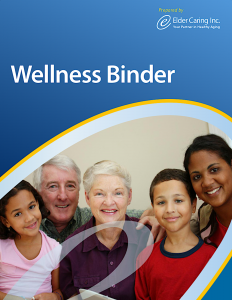Newsletter July 2010
I hope everyone has been enjoying the warm weather we have been having. Hopefully you were able to find our June 2010 Summer Tips section of our newsletter helpful during the last heat wave. Staying cool while enjoying the benefits of summer can seem like an impossible challenge, but hopefully one you were able to overcome.
We chose to focus our July ENewsletter on two important issues: driving and falls prevention. Now that the warmer weather has arrived and the days seem longer, it is important to address the age old question of “to drive or not to drive”. The main focus here is on safety and living well.
To Drive Or Not To Drive?
Most drivers over the age of 65 drive only a few times a week (shopping, personal, medical and social appointments). Their trips are relatively short averaging from 11 to 17 km per day, driving less at night and typically at non-rush hour times. The predominant type of accidents involving older drivers … READ MORE
Falls Prevention
A serious concern for many health care professionals and older adults is the risk of falls. Research from the Public Health Agency of Canada suggests that seniors over the age of 65 are at a higher risk of falling. As busy Canadians we are often too task oriented and we forget the importance of slowing down and examining our surroundings.
Seniors account or over 40 percent of people hospitalized for injuries.
At least half will experience minor injuries and 5 to 25 percent will experience a serious injury (i.e. fracture).
After a fall, 40 percent of people are ultimately admitted into a long term care facility as care needs become increased.
If there was a decrease in the number of falls by 20 percent, there could be 7,500 fewer hospitalizations and save the health care system roughly $138 million annually.
Falls often occur in a variety of different settings and can be associated with completing day-to-day activities, reaching for objects slightly out of reach (including bending over to pick something up, tying a shoe lace) or standing up too fast and not using assistive devices like grab bars for increased stability. Scatter rugs, uneven pavement, clutter, ice and slippery floors are often major contributors to falls, but are often neglected hazards.
READ MORE to learn how you can help someone who is at risk.
Leave a reply




Leave a reply